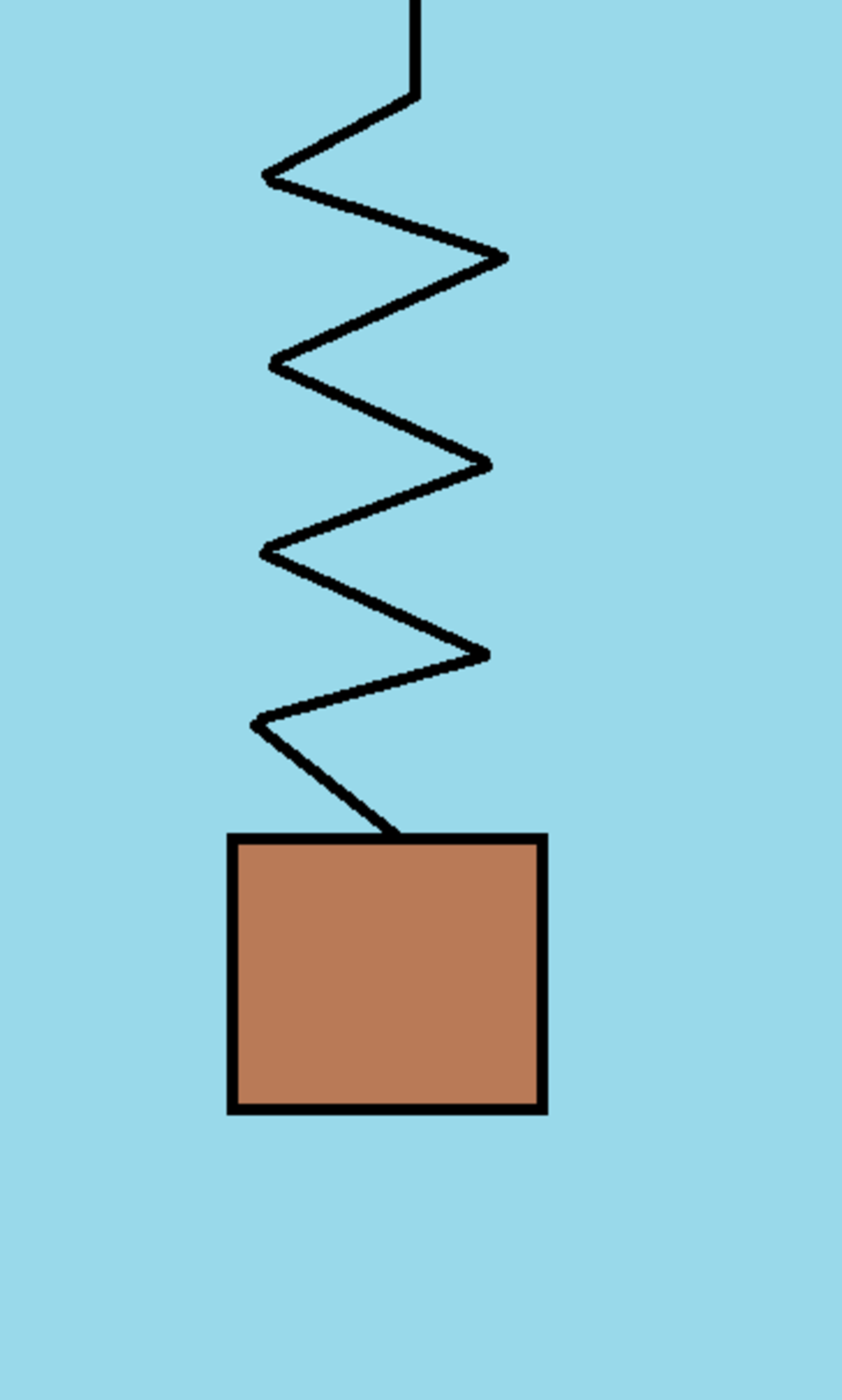Damped Oscillation 12-19-2020 (Part 1)
A block of mass is connected to one end of a spring of force constant and natural length . The other end of the spring is fixed in place at the origin . At time , the block is at position with velocity . The ambient gravitational acceleration is downward, which corresponds to the direction. As the block moves, it is subjected to damping forces, such that the total force on it is:
In the above equation, is the spring force exerted on the block, is the gravity force exerted on the block, is the damping force exerted on the block, is the velocity of the block, and is a damping constant.
When the block comes to rest in its equilibrium position, how far away is it from the origin?
Details and Assumptions:
1)
2)
3)
4)
5)
6)
Assume standard
units for all quantities

The answer is 3.0.
This section requires Javascript.
You are seeing this because something didn't load right. We suggest you, (a) try
refreshing the page, (b) enabling javascript if it is disabled on your browser and,
finally, (c)
loading the
non-javascript version of this page
. We're sorry about the hassle.
At equilibrium, the damping force becomes zero as the mass is at rest, which also means that the mass does not accelerate anymore. Essentially, the spring force and gravity force balance each other yielding:
m g = K ( ∣ y ∣ − L o ) ⟹ ∣ y ∣ = K m g + L o = 3